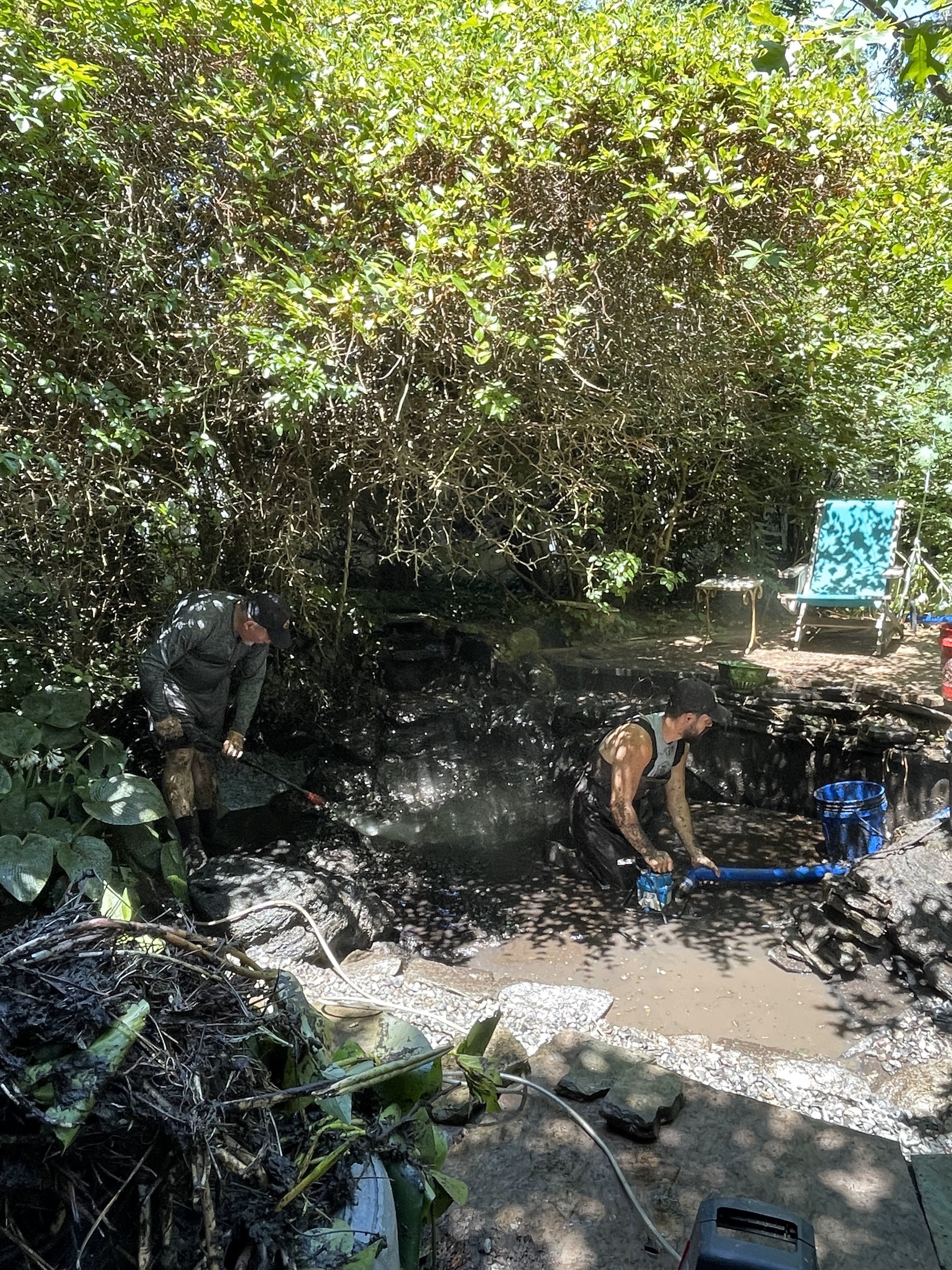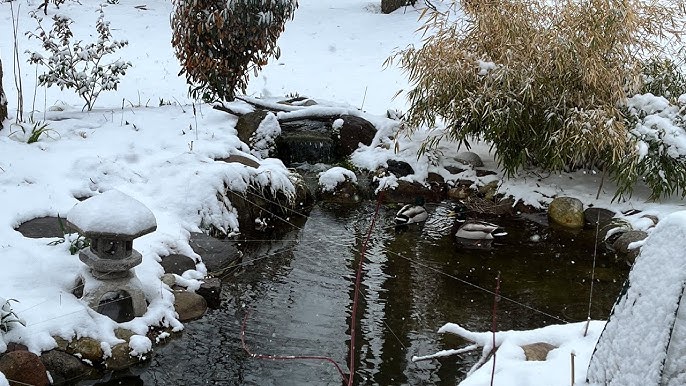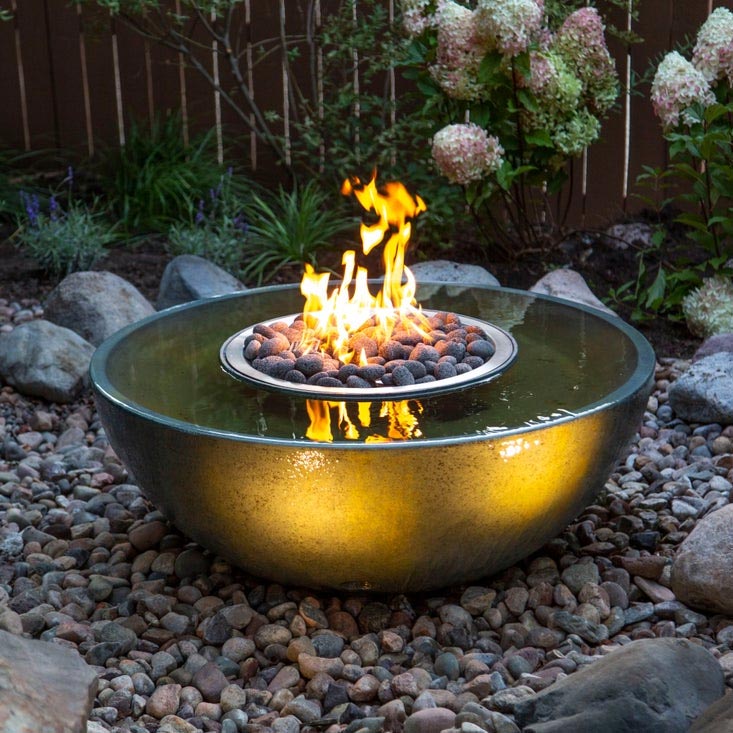Specialized Pond Services
Pond Cleaning
Pond cleaning involves a range of tasks to maintain a healthy and aesthetically pleasing aquatic ecosystem. Here's a breakdown:

Debris Removal:
- Surface Debris: Regularly removing fallen leaves, twigs, and other organic matter that accumulates on the water's surface.
- Bottom Debris: Using a pond vacuum to remove sludge, decaying plant matter, and uneaten food from the pond bottom.
Plant Management:
- Trimming Overgrowth: Pruning excessive plant growth to prevent overcrowding and maintain water flow.
- Removing Dead or Diseased Plants: Removing any plants that are dying or showing signs of disease to prevent them from contaminating the water.
Water Quality Maintenance:
- Testing Water Parameters: Regularly checking and adjusting water parameters such as pH, ammonia, nitrite, and nitrate levels.
- Water Changes: Performing partial water changes to dilute accumulated toxins and replenish nutrients.
Filter Cleaning:
- Mechanical Filtration: Cleaning mechanical filters that remove large debris like leaves and twigs.
- Biological Filtration: Cleaning biological filters that house beneficial bacteria that break down harmful waste products.
Algae Control:
- Manual Removal: Physically removing algae from pond surfaces.
- Using Algae Control Products: Employing safe and effective algae control products, such as barley straw or UV sterilizers.
Pond Maintenance
Pond maintenance involves a range of tasks essential for maintaining a healthy and thriving aquatic ecosystem. These tasks include:
- Water Quality Management:
- Regularly testing and adjusting water parameters such as pH, ammonia, nitrite, and nitrate levels. Performing partial water changes to dilute accumulated toxins and replenish nutrients.
- Plant Management:
- Trimming excessive plant growth to prevent overcrowding and maintain water flow. Removing dead or diseased plants to prevent them from contaminating the water.
- Filtration Maintenance:
- Cleaning mechanical filters that remove large debris and biological filters that house beneficial bacteria that break down harmful waste products.
- Algae Control:
- Utilizing methods such as manual removal, barley straw, or UV sterilizers to prevent excessive algae growth.
Pond Winterization
Pond winterization is the process of preparing your pond for the cold winter months to ensure the health and safety of your fish and protect your pond's infrastructure. Here's a breakdown:

- Remove Debris:
- Remove as much organic debris as possible from the pond surface and bottom. This includes fallen leaves, twigs, and decaying plant matter.
- Add De-icer:
- Install a pond de-icer to create an open area in the ice. This allows for gas exchange, preventing oxygen depletion and ensuring the survival of your fish.
- Protect Equipment:
- Disconnect and store pumps, filters, and other equipment in a frost-free location to prevent damage.
- Prepare Plants:
- Trim back or remove any dead or dying plant material. For tropical plants, make arrangements for overwintering indoors.
- Maintain Water Quality: Monitor water quality throughout the winter. If necessary, use an aeration system to maintain adequate oxygen levels.
Water Features
Water features are decorative elements that incorporate moving water into a landscape or living space. They come in a wide variety of styles and sizes, ranging from simple tabletop fountains to elaborate cascading waterfalls. Here are some common types of water features:

Here are some common types of water features:
- Fountains: These are perhaps the most common type, featuring water flowing from a basin or spouting from a decorative nozzle. They can be freestanding, wall-mounted, or integrated into other structures.
- Waterfalls: These create a more dramatic effect, with water cascading down rocks or other surfaces.
- Streams: These create a more natural look, with water gently flowing over rocks and through plants.
Water features offer a range of benefits, including:
- Aesthetic appeal: They add a touch of elegance and natural beauty to any space.
- Stress relief: The sound of flowing water can be very calming and relaxing.
- Improved air quality: Water features can help to increase the humidity in the air and release negative ions, which can help to purify the air.
- Wildlife attraction: Water features can attract birds, butterflies, and other beneficial wildlife to your garden.
If you're considering adding a water feature to your home or garden, there are many factors to consider, such as the size and style of the feature, the available space, and your budget.
Top Reviews
- Choosing a selection results in a full page refresh.





